The need for solid and quick data transmission is proliferating because of the ever-changing world of telecommunications. These requirements are met by devices such as the Calix® SFP (Small Form-factor Pluggable) Transceiver, which allows flexible and effective connection between different network parts flexibly and effectively. This manual intends to take an in-depth look at these transceivers made by Calix®; it will do so by investigating their technical specifications, uses, and benefits when used in telecommunication infrastructures. This piece seeks not only to give people a basic understanding but also to offer some insights on how best to apply this knowledge during network setup since it’s used frequently nowadays.
What is a Calix® SFP Transceiver?
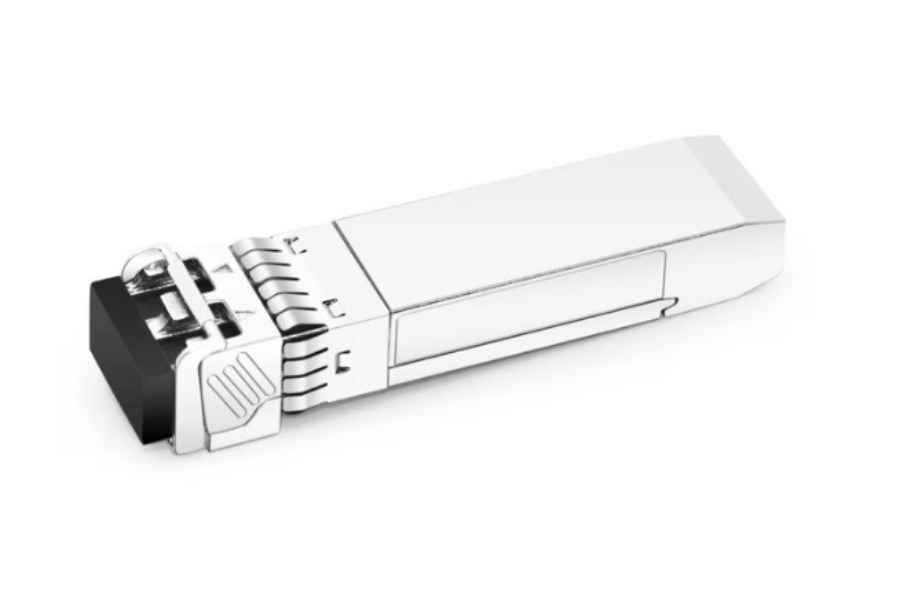
Understanding SFP Transceivers
SFP modules are small, plug-and-play devices used in data communication and telecommunication. They convert electrical signals into light signals and vice versa so that network devices can communicate with fiber optic cables, including RJ-45 connections. The SFP module supports different communication protocols like Gigabit Ethernet and Fibre Channel, among others, thus making them useful in various parts of a network. Not only does their modular design make it easy to swap or upgrade transceivers, but it also allows for different types of optics, such as standard multimode, single-mode, or extended-range options, to be used interchangeably depending on what the network needs at any given time.
Common Applications of Calix SFP Modules
Calix SFP modules are used for a variety of purposes in the field of telecommunication and data networking. These applications include high-speed data links, which help efficiently transfer data over fiber optic connections necessary for telecommunications backbone networks. Enterprise networks use such modules to allow seamless connectivity with servers and storage area networks, thus improving the operation and management of data centers. Besides wireline and wireless networks, support by Calix SFP modules also covers mobile backhaul and front haul connections, which require reliable and high-capacity data transmission. The versatility can be seen even in customer premises equipment like residential broadband services, which greatly rely on them to provide users with fast internet access.
Specifications of Calix 100-01662 Compatible SFP
The Calix 100-01662 compatible SFP module is suitable for fast optical communication and has many specifications that make it work well in different networking applications. One important fact about this SFP is that it operates at a data rate of 1.25 Gbps with a multimode fiber connection. It uses a wavelength of 850 nm, which can transmit up to 550 meters over OM2 multimode fiber and up to 300 meters over OM3 multimode fiber. The module meets the standards set by the SFP MSA (Multi-Source Agreement), which means that it can work with many switches and routers since they are designed based on these guidelines. Apart from being hot-swappable, meaning you can add or remove them without powering down your system, they also support replacement while still on active network environments due to their hot-docking feature, where you don’t need to shut down the host device if another one needs replacing. The Calix100-01662 compatible SFP performs so well that it would be significantly used when optimizing data transmission rates through current telecommunication infrastructures because of its robust performance metrics.
How Does the Calix SFP Module Interact with Fiber Networks?
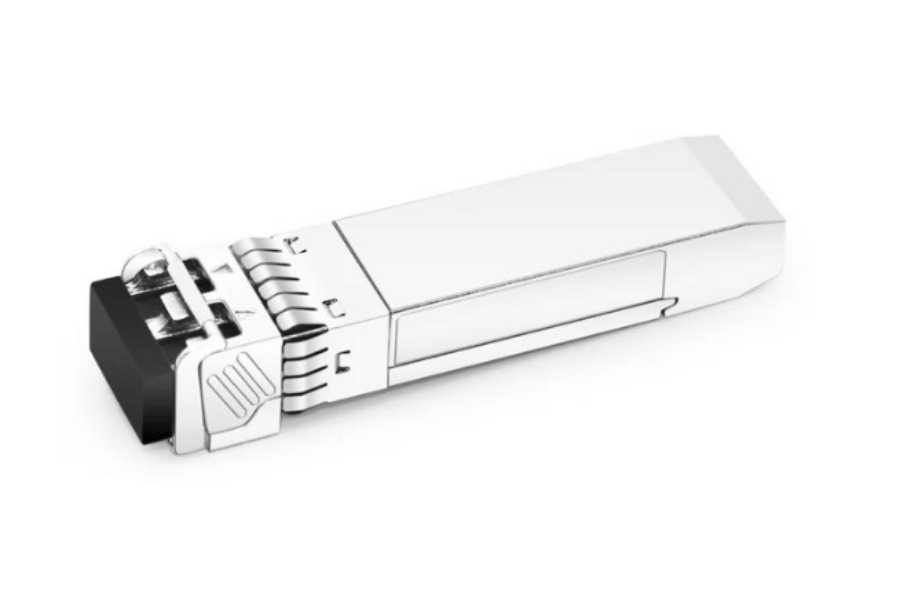
Fiber Optic Transmission Capabilities
Fiber optic communication is the ability to transfer large amounts of information across long distances with very little signal loss. This is done by sending light pulses through thin glass or plastic fiber strands. The calyx SFP module takes advantage of these features, supporting different types of fiber connections, such as single-mode and multimode fibers, while simultaneously providing high-speed data rates. Moreover, its design ensures that light travels efficiently by maintaining an optimum level of signal integrity even in the presence of environmental elements. Also, it is possible to use other advanced technologies like wavelength division multiplexing (WDM) and SFP modules to increase bandwidth capacity, allowing for multiple signals over one optical fiber line. This interoperability between calyx SFP modules and fiber optics is critical in improving network performance from telecommunications through data center applications.
1310nm Wavelength and Its Importance
Fiber optic communication is known for using the 1310nm wavelength, which is said to have the best performance-to-efficiency ratio. This wavelength lies in the first window of low attenuation, and this reduces losses over longer distances. It is most suitable for short and medium-range systems such as LANs or MANs. The 1310nm wavelength can work with single mode and multimode fibers, fitting into different network configurations, including those with 100-01662 compatible TAA devices. Additionally, when used in wavelength division multiplexing schemes, it allows higher bandwidths while keeping the signal quality intact, an essential aspect for cloud computing and streaming services, which require large amounts of data to be transmitted simultaneously without errors. Based on this statement, network operators who exploit these benefits can improve their system’s overall performance to guarantee the safe passage of information across modern telecommunication structures.
10km and 20km Distance Ratings Explained
Regarding fiber optic communication, such as 10km and 20km, the ratings reference the maximum distance that can be achieved during transmission using specific types of transceivers under perfect conditions. The rating of 10km is usually meant for applications that cover shorter ranges, which typically use multimode fibers to facilitate high-speed data transfers within local networks. On the other hand, the rating of 20km is associated with single-mode fibers that allow signals to travel longer distances without losing their integrity or weakening significantly. Designers need these rates to choose appropriate transceivers and fiber types for different applications. Some factors taken into account when determining these ratings are environmental conditions, cable quality, and wavelength, among others; hence, network planners must consider them adequately if they want reliable telecom performance in data centers.
Is the Calix SFP Transceiver Compatible with Other Devices?
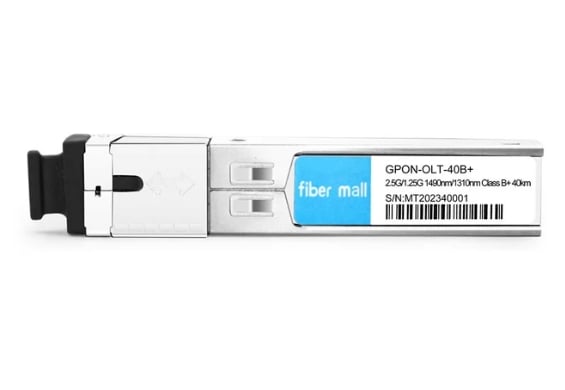
Compatibility with Existing Network Infrastructure
The calyx SFP transceiver is all-purpose in design and ensures compatibility with a broad range of electric and optic network devices. As per leading telecoms resource sites, this device’s conformity to industry standards like SFP MSA (Multi-Source Agreement) ensures its interoperability with different manufacturers’ equipment. Therefore, service providers can use them alongside routers, switches, and other vendors’ optical network terminals (ONTs) without hitch or compatibility issues during integration into existing infrastructure. According to some users ‘ reports, it has also been successfully implemented within various network management systems, improving operational efficiency. Firmware updating should also be considered to ensure they are up-to-date, which helps maximize compatibility and performance within the current network framework.
Understanding Calix Compatible TAA Compliance
Meeting the Trade Agreements Act (TAA) is essential for organizations that want to buy telecom equipment, such as Calyx SFP transceivers, because this law deals with where goods can be sourced. The TAA requires calyx transceivers to be made in countries that practice fair trade according to American government standards to become compliant. This means that any federal procurement or grant will need TAA compliance; hence, it is highlighted by resources like official documents of companies such as Calyx and industry guidelines on this issue, also making known its importance for them while they are being used within rules which govern setting up networks by operators. Additionally, using products conformed with TAA helps organizations prevent some risks connected with international trade conflicts and support ethical sourcing methods simultaneously. As per various reliable sources within the telecommunication industry, investing in equipment that conforms to TAA can help businesses improve operational credibility and meet regulatory requirements faster.
The Role of OEM and Third-Party Vendors
In the telecommunications ecosystem, OEMs and vendors sell their products and support the core network infrastructure by providing additional services that can work alongside it. They often do this through proprietary systems, which are made up of hardware and software that are unique to them alone, ensuring high compatibility between their various gadgets. Conversely, other suppliers may have more affordable options that still meet the required levels of functionality. For example, according to Cisco’s website, some good practices include mixing different brands to increase flexibility while reducing operational expenses simultaneously; additionally, Gartner points out that having multiple sellers in one’s distribution chain not only drives invention but also helps mitigate against supply risks. What Network World suggests further underscores this point: organizations should be able to use third parties for tasks like monitoring networks and, therefore, allow OEMs to concentrate on what they are good at, thereby improving the overall robustness of networks. Consequently, a mixed approach comprising both original equipment manufacturer solutions (e.g., ROHS-compliant products) alongside those from other sources remains necessary for optimal performance in terms of speed max while ensuring continuous success in operations.
What Are the Key Features of the Calix 1000BASE-LX SFP Transceiver?
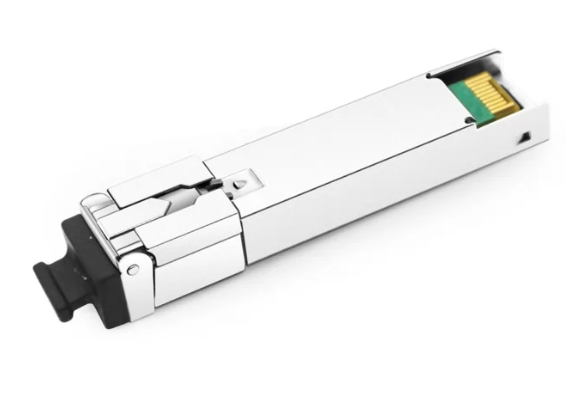
Compliant Standards and Certifications
There are many industry standards and certifications that the calyx 1000BASE-LX SFP transceiver must meet to be included in telecommunications networks. This product follows the IEEE 802.3 standard for Ethernet, so it can work alongside other devices that comply with this standard. The MSA (Multi-Source Agreement) certifies this type of fiber optic converter; therefore, it should pass performance tests conducted by many companies within various industries. It also usually has laser class one product certification by health and safety regulations concerning lasers, where precautions should be taken during its use so as not to cause harm to anyone. Cisco and Finisar are only a few popular brands that adhere to similar compliance rules when producing their converters, thus underlining the necessity of following these recommendations if you want your network to work well without any danger to people.
Key Performance Metrics
The Calix 1000BASE-LX SFP transceiver boasts several key performance indicators crucial in determining how well it works in network applications. To begin with, this module has a data transfer rate of 1.25 Gbps, which is the norm for 1000BASE-LX transceivers. Its transmission distance is 10 kilometers over single-mode fiber, making it ideal for long-haul applications. In addition, the operating temperature range usually stretches from 0°C to 70°C, allowing it to be used under different environmental conditions. Furthermore, its optical output power specification falls within -5dBm to -1dBm, while receiver sensitivity ranges from -28 dBm to -24 dBm. These performance parameters are all aimed at enhancing the reliability and serviceability of this device in high-demand telecommunication networks.
DOM (Digital Optical Monitoring) Capabilities
Digital Optical Monitoring (DOM) capabilities enable us to know what is happening with optical transceivers, increasing efficiency and improving network management. Standards that usually become a subject for monitoring are output/input power in optical channels, bias current, and temperature. Administrators can prevent possible issues by controlling these parameters continuously, leading to faster problem-solving and less downtime. Some more advanced transceivers, such as Calix 1000BASE-LX, utilize DOM for this purpose – integrating diagnostics directly into the optical link so that faults can be detected better if any appear and fixed quicker during network troubleshooting. Moreover, having such features available corresponds to the best practices followed in the industry aimed at creating reliable telecommunications infrastructures able to scale up quickly while remaining robust against failures.
How to Install and Maintain Your Calix SFP Module?
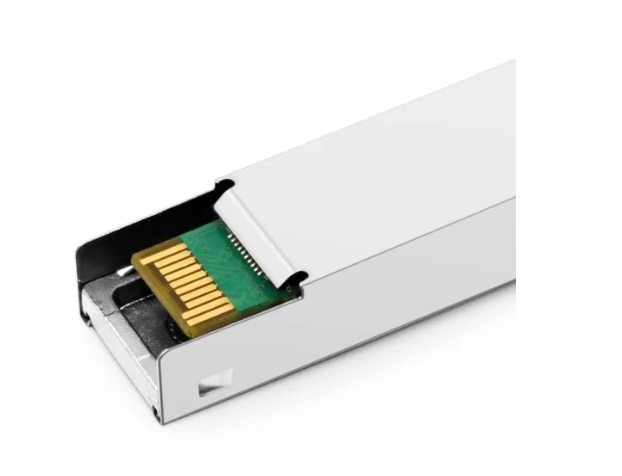
Step-by-Step Installation Guide
It is essential to follow specific procedures and be very careful when installing a Calix SFP module to integrate successfully. Here are the steps that you should take to install a 10G compatible SFP transceiver smoothly:
- Preparation: Turn off the power of the network device before you start so as not to cause any electrical damage. Collect all necessary tools, including an ESD wrist strap, to protect sensitive components from static electricity damage.
- Remove Cover: Find the appropriate cover or slot on your network device for inserting compatible SFP transceivers, and then remove any covers carefully.
- Insert SFP Module: Make sure optical connectors face outwards as you align these modules with their ports before sliding them gently but firmly into slots until they click into place firmly enough not to fall out.
- Check Connections: Verify that this module has been plugged in properly by checking for loose connections around its port area, which could result in service interruptions later on. Also, relevant optic fibre cables should be connected to different SFP ports where necessary, ensuring they fit tightly so that no light passes through between cable ends and port edges.
- Power Up Device: Reconnect the power supply to network devices and allow them to boot up normally again. During this time, monitor their OLT-related error indicators.
- Verify Functionality: Once powered up, check the status LEDs situated near management interfaces present on both Calix-branded Network Devices and those found directly attached next to corresponding labeled patch panels (if available) within the vicinity of where each component resides; these should indicate whether or not a given SFFM card has been recognized and confirm its operational state, too.
- Perform Performance Tests: Some tests aimed at diagnosing problems affecting overall system performance, such as signal integrity testing coupled with examining transceivers’ DOM parameters using suitable equipment, may be necessary.
- Monitor Regularly: Employing DOM capabilities for continuous monitoring purposes can help detect potential issues early enough, thus ensuring reliability throughout the life span of such devices.
By following all these steps, you can install your Calix SFP Module successfully in any telecommunications environment where it is used.
Common Maintenance Practices
It is essential to maintain SFP modules to ensure they last long and perform optimally. Here are some standard practices for doing this:
- Regular inspection: Perform frequent physical checks on the SFP modules for damage or any signs of wear and tear. This should also involve verifying that connectors are clean and fitting properly into their ports.
- Cleaning connectors: Optic connectors need to be cleaned using appropriate tools like lint-free wipes with isopropyl alcohol. This will help eliminate dust particles or other contaminants that may cause signal loss – especially in PON setups.
- Monitoring the environment: Monitor the temperature and humidity surrounding your devices operating within a network system. Extreme heat or moisture can affect the performance and lifespan of these modules.
- Using diagnostic utilities: Use network management utilities with diagnosis features that can track performance metrics, error rates, and signal quality anomalies, among other things.
- Updating firmware: Ensure that device firmware remains current to work with SFP modules correctly and receive performance upgrades and security patches.
- Documentation & logging: Keep records detailing installations undertaken, maintenance actions performed, and performance metrics collected over time. These records are useful during future troubleshooting and indicate when upgrades or replacements may be necessary.
Implementing such maintenance practices significantly improves the reliability and performance of SFP modules within network environments.
Troubleshooting Tips and Solutions
In troubleshooting SFP modules, here are troubleshooting tips that can help you fix common problems effectively:
- Identify Connection Issues, specifically with the seating of compatible SFP transceivers: If there is no link, first check the physical connections. Check whether the SFP module is seated well in the port, and examine the cable for any apparent damages. Ensure both ends of the cable are properly connected.
- Check Compatibility: Compatibility should exist between the host device and network specifications with a compatible SFP transceiver module. Confirm supported modules and configurations by checking the manufacturer’s documentation.
- Signal quality monitoring: Use network management tools to monitor signal levels and error rates. High error rates could indicate an issue with the cable or even this compatible SFP transceiver itself; try replacing cables or testing using different modules until you isolate what is causing the issue.
- Temperature Check: Since these modules are very temperature-sensitive, verify whether the operating environment meets the requirements listed by the manufacturers. If not, performance might degrade due to high temperatures.
- Firmware Compatibility: Always check for firmware updates regularly to guarantee compatibility with the latest 10G standards. Any deviation between versions of firmware used by network equipment and those utilized within respective SFPs can cause some functions to not work well; therefore, update the firmware as advised in manufacturer instructions.
- Refer To The Manual: Go through troubleshooting guidelines provided by manufacturers. Most vendors have specific steps, depending on product types, together with detailed error codes and recommended solutions.
Follow these troubleshooting tips, and you can solve many common problems associated with sfp-modules, making your network communication infrastructure stable and reliable.
Reference Sources
Frequently Asked Questions (FAQs)
Q: What is the Calix® SFP transceiver, and how does it work?
A: Calix® SFP transceiver is a small form-factor hot-pluggable optical module used in networking devices to convert electrical signals into optical ones and vice versa. It is an intermediary between a network device (switch, router) and an optical fiber network.
Q: What are the main applications of Calix® SFP transceiver modules?
A: This module’s primary application is establishing high-speed broadband connections over an optical network like GPON (Gigabit Passive Optical Network) or connecting different network elements using single-mode fiber (SMF) over long distances.
Q: Are there any compatibility issues between Calix® SFP transceivers and other products?
A: No, they are Multi-Source Agreement compliant; hence, they can be used interchangeably with any standard SFP Transceivers. For instance, you may use a Calyx 100-01782 compatible transceiver on devices supporting this standard.
Q: Which type of connectors do Calix® SFP transceivers use?
A: LC (Lucent Connector) connectors are typically used for single-mode fibers, but SC (Subscriber Connector) connectors might also be utilized depending on the model type and specific application requirements.
Q: What is the maximum distance supported by Calix® SFP transceivers?
A: Depending on the model, some can support up to 40km while others can support up to 80km over single-mode fiber, thus providing flexibility in connectivity for different networks.
Q: Are Calix® SFP transceivers capable of operating in extreme temperatures?
A: Yes, I-Temp models of Calix® SFP transceivers can operate in industrial temperatures from -40 to 85°C, ensuring reliable performance even in harsh environments.
Q: What do customer reviews say about the quality of Calix® SFP transceivers?
A: According to customer reviews, these devices are known for their reliability, performance, and ease of installation. They also meet different standards and provide a strong connection in optical networks.
Q: Is there any warranty included with Calix® SFP transceivers?
A: Typically, it comes with a warranty that covers defects in materials and workmanship. However, specific terms may vary, so please refer to the information provided and the device itself.
Q: What function does the Calix® SFP transceiver serve within the fiber media converter?
A: Fiber media converters utilize them to convert Ethernet signals into optical ones, thereby allowing network extension over longer distances and the integration of various media types within network infrastructure.
Q: Are there particular models of Calix® SFP transceivers supporting GPON applications?
A: Indeed, these models are developed explicitly for GPON applications such as Gigabit Passive Optical Network deployments through use together with optical line terminals (OLTs) designed by Calyx.
Related Products:
-
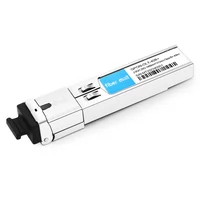 Calix 100-01836 Compatible GPON OLT SFP TX-2.5G/RX-1.25G TX-1490nm/RX-1310nm Class B+ 40km SC SMF DDM Transceiver Modules
$30.00
Calix 100-01836 Compatible GPON OLT SFP TX-2.5G/RX-1.25G TX-1490nm/RX-1310nm Class B+ 40km SC SMF DDM Transceiver Modules
$30.00
-
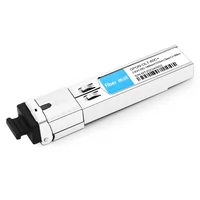 Calix 100-03417 Compatible GPON OLT SFP TX-2.5G/RX-1.25G TX-1490nm/RX-1310nm Class C+ 60km SC SMF DDM Transceiver Modules
$38.00
Calix 100-03417 Compatible GPON OLT SFP TX-2.5G/RX-1.25G TX-1490nm/RX-1310nm Class C+ 60km SC SMF DDM Transceiver Modules
$38.00
-
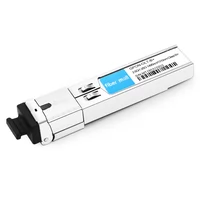 Calix 100-01782 Compatible GPON OLT SFP TX-2.5G/RX-1.25G TX-1490nm/RX-1310nm Class B+ 20km SC SMF DDM Transceiver Modules
$25.00
Calix 100-01782 Compatible GPON OLT SFP TX-2.5G/RX-1.25G TX-1490nm/RX-1310nm Class B+ 20km SC SMF DDM Transceiver Modules
$25.00
Related posts:
- Next-Gen Data Transfer: SFP112/QSFP112/QSFP-DD800/OSFP 800G DAC
- Everything You Need to Know About CWDM Transceivers: From SFP Modules to 80km Optical Fiber Connectivity
- The Ultimate Guide to SGMII SFP Transceivers: Everything You Need to Know About Optical Transceivers and Ethernet Ports
- Unraveling the World of 400ZR: Enhancing DCI Networks with QSFP-DD and DWDM up to 120km.
